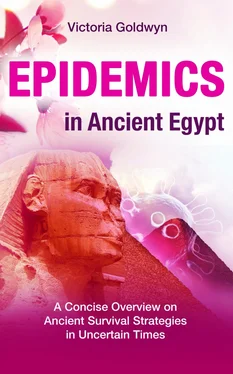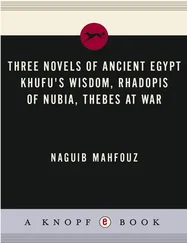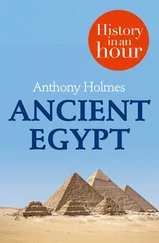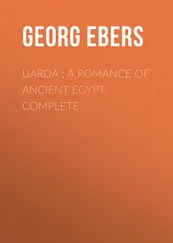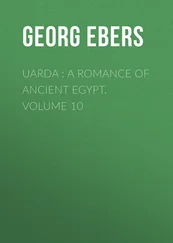Victoria Goldwyn
EPIDEMICS
IN ANCIENT EGYPT
A Concise Overview on
Ancient Survival Strategies
in Uncertain Times
EPIDEMICS
in Ancient Egypt
A Concise Overview on Ancient Survival Strategies in Uncertain Times
© 2022 Victoria Goldwyn
Victoria Goldwyn
c/o AutorenServices.de
Birkenallee 24
36037 Fulda
Germany
Translated from German language. All rights reserved. No part of this publication may be reproduced in any form or processed, duplicated or distributed using electronic systems without the written permission of the publisher.
Cover Design: inhouse
Created in Germany.
www.missing-the-pharaoh.com
hello@missing-the-pharaoh.com

“Follow Your Heart as Long as You Live.”
From the Ancient Egyptian Wisdom of Ptahhotep , 5 thDynasty, 2504–2347 B.C.
Table of Contents
INTRODUCTION
MAGIC
Sources of Magical Traditions
Heka & Akhu – The Power of Magic
The Magician
Magical Tools and their Application
The Spell
The Procedure of Magical Manifestation
MEDICINE
Definition of Health and Disease
Disease and its Treatment
Sources of Medical Traditions
The Medical Papyri
Summary
ARCHAEOLOGICAL EVIDENCE
Magical Stelae
Amulets
Scarabs
Magic Wands
EPIDEMICS
Introduction
Pap. Edwin Smith, the Epidemic Papyrus
There is Something in the Air
Hygiene Measures
Causes of Epidemics
Summary
Sources and Further Reading
INTRODUCTION
A Concise Overview on
Ancient Survival Strategies
in Uncertain Times
T
his short reading is about magic and medicine in Ancient Egypt. It is addressed to all those who have never heard anything on this subject. It is intended to reach those looking for a concise but precise introduction to the topic and aims to answer questions about what the Ancient Egyptians did to counter diseases.
Magic and medicine: Why are these two fields connected here? After all, medicine is science, and magic is opposed to it, right? Well, for the Ancient Egyptians, both belonged together. Magic and medicine were not mutually exclusive. The physician could be a magician and a priest at the same time, and both professions were educated in the same place, in the so-called House of Life. In the Ancient Egyptian language, it was called per ankh . This was a school where astronomers, astrologers, and other scientists also received their education. At that time, the magical creation of things belonged equally to the necessary knowledge of a healer as the treatment of injuries with herbal tinctures. So, there was not always a sharp separation of disciplines.
When treating the sick, the Ancient Egyptians also displayed practical creativity. An impressive example is this oldest prosthesis for a toe found in Egypt. Experienced specialists in antiquity created simple replacements of body parts made of cedarwood and leather as early as 600 B.C.
People who had lost a body part due to an accident, illness, or battle were thus able to lead a halfway everyday life again. The archaeological artifact, shown in the picture below, of a prosthetic toe belonged to the daughter of a priest. She probably suffered from diabetes and had to have her toe amputated. Experts found that this new prosthetic toe was so well adapted to the human physiognomy that the patient could probably walk very well with it.
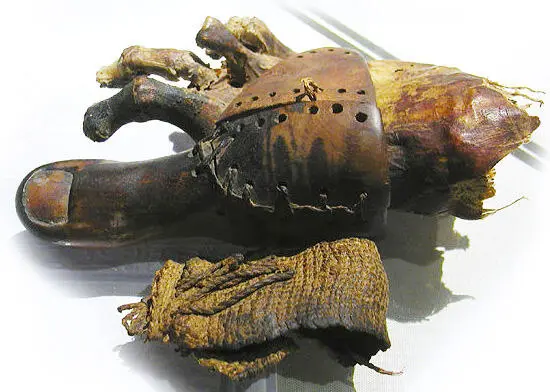
Fig. 1.: Prosthetic toe from Ancient Egypt made from leather, linen and cedarwood.
In the following, I will now first provide you with basic knowledge about both fields, magic and medicine. These overviews are essential for understanding why magic and medicine are so closely related. Next, I will address what illness meant to the Ancient Egyptians in the first place. And you will learn why magic was not quackery to them. We will look at selected archaeological objects, which give us valuable clues about healing treatments and magical acts for the restoration of health or the manifestation of a pleasant existence in the afterlife.
In the central section about epidemics in Ancient Egypt, we will look at historical text sources about treatments and magical acts for restoring health and how they tried to prevent diseases.
This is a pretty current topic: In Ancient Egypt, too, people struggled with outbreaks, which they had difficulty controlling over a long period. What we today call an epidemic or – on a global scale, a pandemic – was also known to the Egyptians. This section is about the behavior of the Ancient Egyptians during plaguess. How did they perceive the epidemic in the first place? And what did they do to prevent it from spreading?
MAGIC
Sources of Magical Traditions
The historical source situation to magic in Ancient Egypt is various. Besides archaeological evidence, from which we can deduce today, how the Ancient Egyptians performed magical acts, we have much textual evidence. These are not only inscriptions on material legacies. Written evidence even provides us with an extensive repertoire of magical spell literature, partly in the form of individual spells and comprehensive collections of spells on papyrus.
These texts concern different recipients and pursue other goals. However, categorizing the texts into protective spells, defensive spells, healing spells, and so on can be problematic. It can happen to all historical evidence that we try to put into a system according to our current standards. The Ancient Egyptians did not think in such black and white categories. They were aware that the development of their lives and the events they experienced were always linked to higher powers. And these powers, be they positive like the well-known deities of the Ancient Egyptian pantheon or harmful like demons, could be and were addressed on several levels: through physical actions and treatments, invocations, and prayers. And so, it is not surprising that healers also applied magical formulas cumulatively. But to make the complex world of Ancient Egyptian magic and medicine comprehensible to us today, we can certainly categorize certain spells for our orientation.
We have texts that support the process of transfiguration . In Ancient Egypt, transfiguration was an essential part of their faith. Sakhu is the Ancient Egyptian term and stands for the transformation of the soul of a deceased person into an Akh , the light-filled ancestral spirit. This is the time of a dead person’s ascension to the stars.
Other texts describe the transformation of the form of a deceased person into the manifestation of a God, animal, or plant. Other spells aimed to provide nourishment for the dead person in the afterlife. As you can see, these are mainly spells from the funerary realm. They were often used in a funeral ceremony to support the safe passage of the deceased into the afterlife and provide his life with everything he needed on the other side.
Powerful spells could also be l ove spells to manipulate someone into falling in love with the spell-caster or another person. Even unpleasant neighbors or personal enemies could become the targets of particular spells, similar to the African voodoo tradition. However, these classical damage spells, which we can assign to the black magic , are relatively rarely documented in Ancient Egypt. These are often spells against intruders or enemies of the country or potential grave robbers who could disturb the passage of the dead into the afterlife. These execration texts, the technical term for this is the German word Ächtungstexte , are therefore often found in the context of burials.
Читать дальше
